Besides just the Google Pixel smartphone family, the smartphone giant today also released the 4K Chromecast Ultra, the Daydream View VR headset, the Google Home voice-activated personal assistant, and Google WiFi networking hardware.
Chromecast Ultra
The Chromecast Ultra is the latest incarnation of the Chromecast video streaming device. While 4K Google Play content will be added to the device later, at launch, it will be able to stream Netflix, Vudu, and YouTube 4K libraries.
Google has added an Ethernet port to the power adapter, supplementing the Wi-Fi also found on the older version. Video allegedly loads 1.8 times faster on the new Chromecast Ultra, than on the original Chromecast.
The Chromecast Ultra will sell alongside the original Chromecast, and will retail for $69 in the U.S in November.
Google WiFi
The Google WiFi is specific to Google, rather than the licensed approach it took with the OnHub in 2015. The new router is 802.11AC, with AC1200 speeds, implementing 2.4GHz and 5GHz networks in an intelligent fashion, according to Google.
Multiple Google WiFi devices are designed to auto-configure in a network with user intervention possible through an app, similar to what the OnHub has implemented. It is not clear if there will be an iOS app at this point, but the similar Google-backed OnHub does have a configuration app on the App Store.
Google notes a pair of Gigabit Ethernet ports adorn the device, with one for WAN connections, and the other for LAN connectivity.
A single Google WiFi is $129, with a bundle of three retailing for $299. Pre-orders start in November, with the first shipments occurring in December.
Google Home
Google home originally debuted at the 2016 I/O conference, with most of its features demonstrated there. What was not revealed at the time was pricing and a release date.
The hardware itself is a small speaker, with swappable exterior shells that can be chosen to match a home's decor. Home is also designed with multi-room support, allowing users to own multiple hardware units and place them throughout their house, with the units responding intelligently based on voice quality and volume.
Google Home pre-orders have begun, with the unit retailing for $129. Preorders will ship on Nov. 4.
Daydream View VR
The Daydream View VR headset is similar to the Samsung Galaxy VR, and operates in conjunction with the Google Pixel phone. The headset wlll take the Pixel phone (and other compatible phones, to be announced later), and utilize the Daydream platform introduced on the phone for a consumer-friendly VR solution.
The fabric-clad headset appears designed for the mainstream consumer, more than the game enthusiast or tech aficionado. Google has embedded NFC technology into the headset to tell the phone to switch to Daydream, and has also implemented other user-friendly technologies like auto-screen positioning in software rather than by user manipulation.
The Daydream View VR includes a handheld controller with trackpad and two menu buttons, and is the primary method of interacting with the headset, beyond the more rudimentary motion sensing in a smartphone versus a dedicated VR setup like the Oculus Rift.
Other manufacturers will make Daydream-compatible headsets in the coming months. It is not clear if Google plans on migrating the technology to iOS, like it has with Cardboard.
The headset weighs 220 grams, and comes clad in slate fabric at launch. Two additional colors, snow and crimson, will be available in late 2016.
The Daydream View VR headset retails for $79, and will go on sale in November.
 Mike Wuerthele
Mike Wuerthele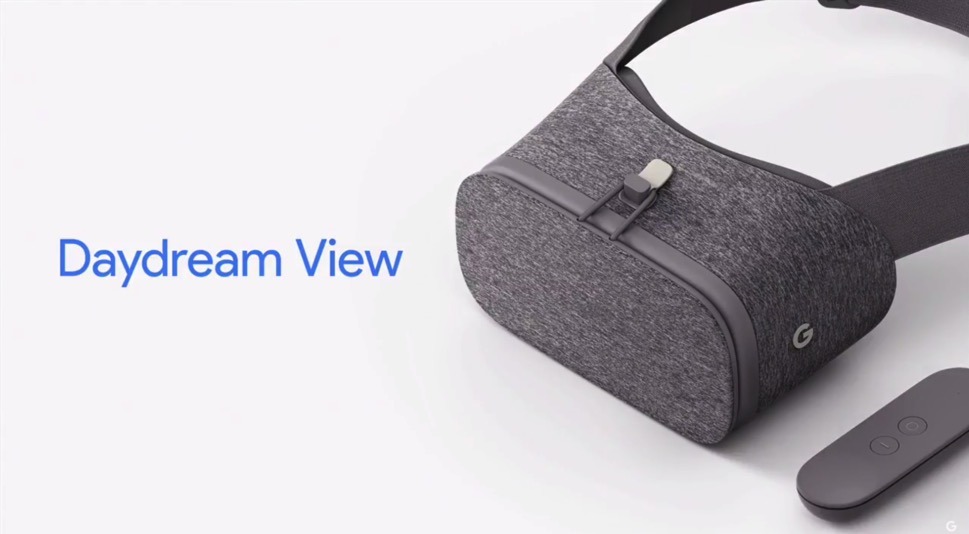

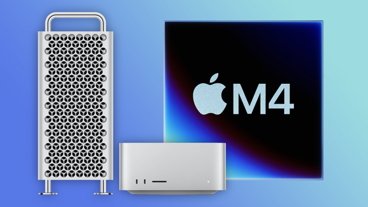
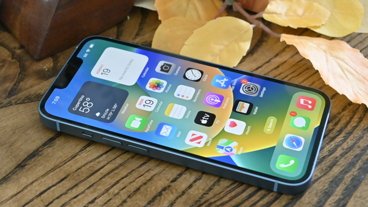
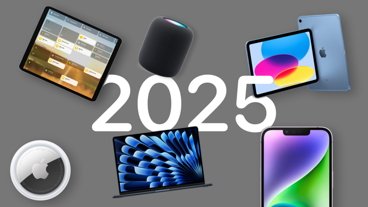


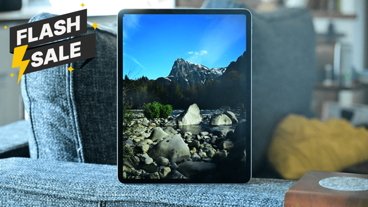
-m.jpg)






 Christine McKee
Christine McKee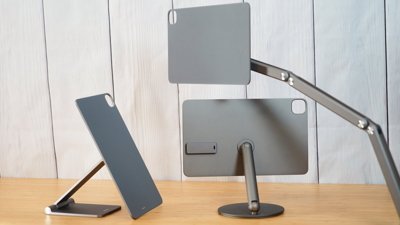
 Wesley Hilliard
Wesley Hilliard
 Malcolm Owen
Malcolm Owen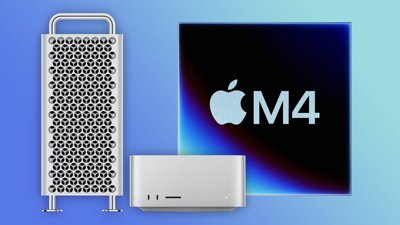
 Mike Wuerthele and Malcolm Owen
Mike Wuerthele and Malcolm Owen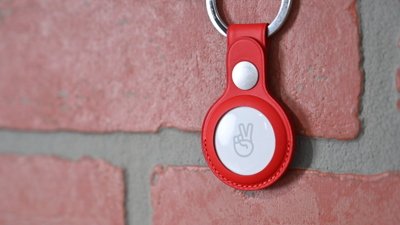
 Amber Neely
Amber Neely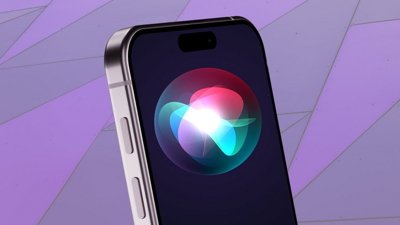

 William Gallagher
William Gallagher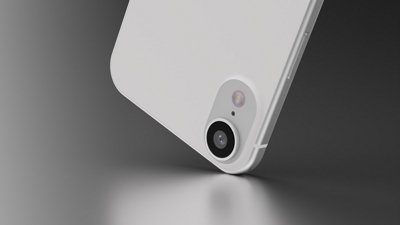







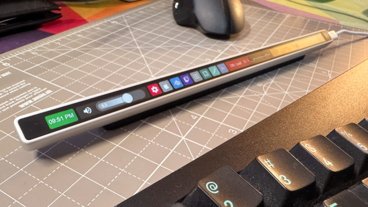


44 Comments
Having used AirPort Extremes for years, I believe Apple needs a more complete wifi solution. My bedroom and kitchen need better reception. Surely Apple above all companies could sell an add-on solution for AirPort that resembles 3 plugs (think slimmed down last gen AirPort Express) in a retail box for perhaps $169 or smtn. Even if it required you own an Extreme. Also, the Extreme has become extremely expensive at €219 in Europe. And I much prefer the design of the last gen Express over the current design and the current Extreme over its previous incarnation.
Something very simple and intuitive with one function and some kind of auto-joining to an Extreme network.
Don't forget the Google Colonoscope!